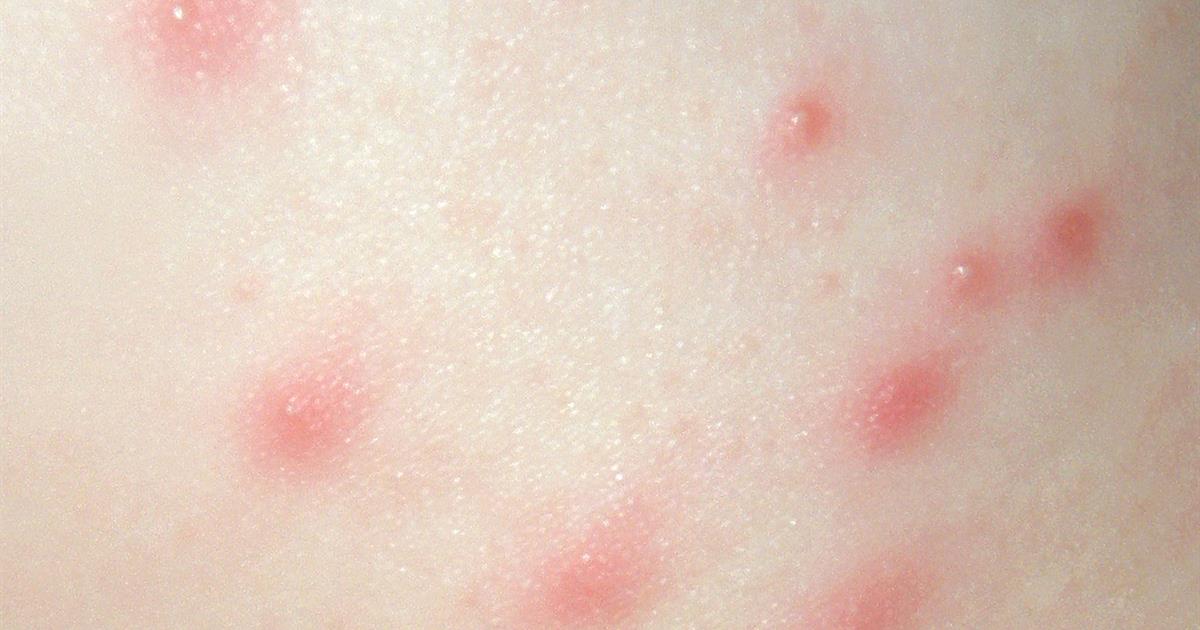Serious Symptoms Of Cat Scratch Disease
Cat scratch disease is a bacterial infection caused by the Bartonella henselae bacterium and is spread when an infected cat licks an individual's open wounds, or when the cat bites or scratches someone's hand enough to break the surface of their skin. Symptoms usually begin to appear around three to fourteen days after the skin has been broken with swelling and redness around the infected site being the most common symptom to first appear. Most felines will not exhibit any signs of cat scratch disease, but a high number of them are Bartonella henselae carriers.
Fever And Headache

A low-grade fever, which means less than 102 degrees Fahrenheit, is one of the first symptoms to appear in cat scratch disease. Long-term fevers can have a long-lasting impact on an individual's neurological system. A prolonged fever causes an abnormal rise in body temperature, known as hyperthermia. Since children are more prone to contracting cat scratch disease through cat bites and scratches, it is imperative to control their fevers as fevers are extremely dangerous in children. Children between six months and five years old are susceptible to fever-induced seizures (febrile seizures) if they suffer from a fever for a long period. Headaches can also accompany a fever and range from dull to severe. Frequently, headaches can be cured with rest, but more severe migraines can only be helped with the assistance of medication.
Bumps Or Blisters

Bumps or blisters can form in those infected with cat scratch disease. It is common for pus-filled blisters to form right around the scratch or bite site. Round bumps can also be present on the body with the onset of cat scratch disease, and the lymph nodes can also become very large and swollen. Swollen lymph nodes are a sign the body is fighting off an infection or illness. The reason why the lymph nodes swell is because they contain immune cells called lymphocytes. During sickness, the body must create more lymphocytes to ward of any threat of infection. Overproduction causes them to swell temporarily, returning to normal size once the infection is gone.
Blisters can take longer to heal in cat scratch disease patients. It is common for the blisters surrounding a cat scratch or bite to take a little longer to heal, and they may continue to get bigger a few days after the injury.
